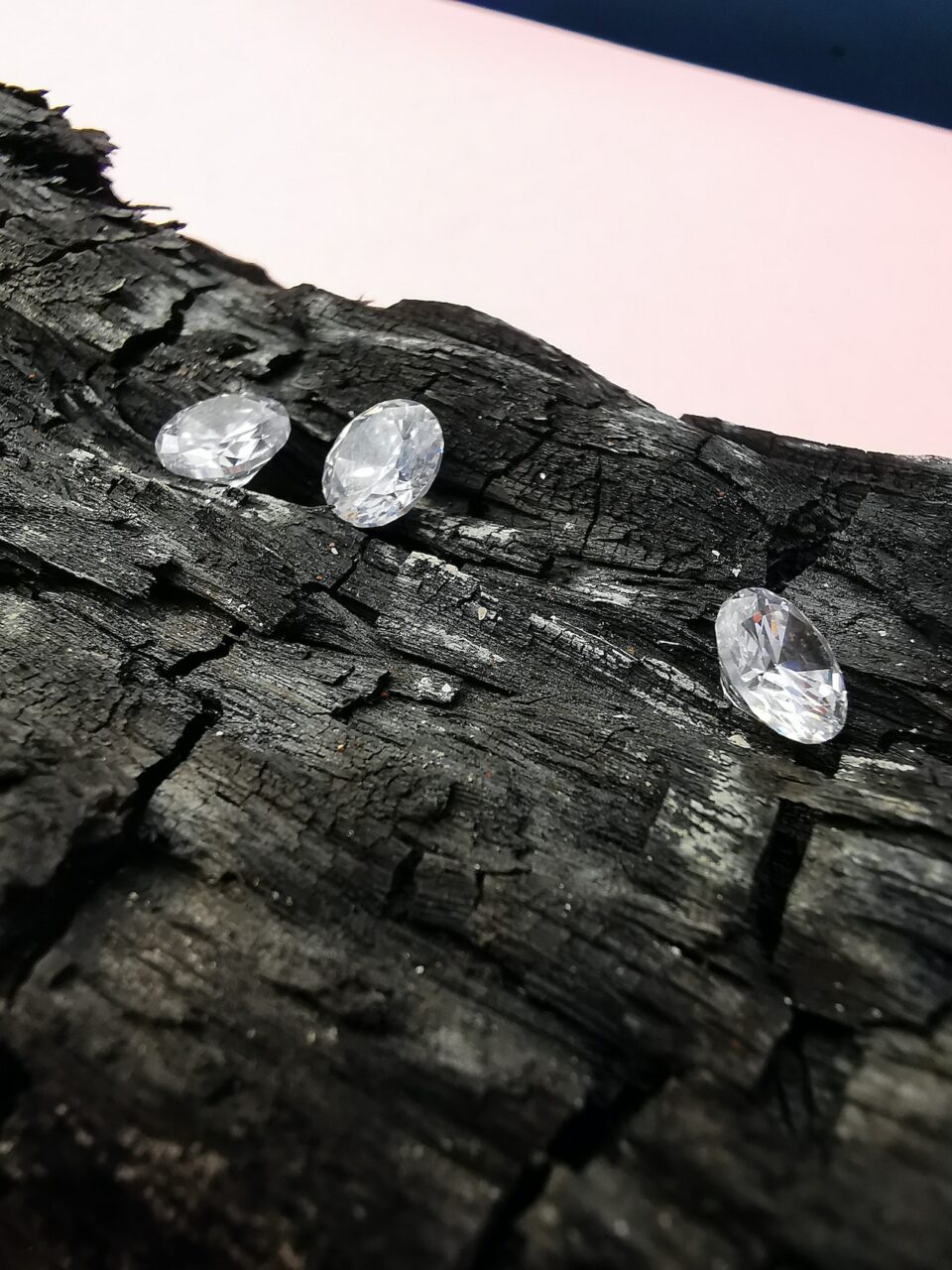When it comes to buying diamonds, there are a lot of factors to consider. From shape and size to setting and colour, there are many elements that make up a beautiful piece of diamond jewellery. But more than anything else, it is the 4 Cs of diamond quality that matter the most. The 4 Cs – cut, colour, clarity, and carat – are the determining factors when it comes to the quality, value, and beauty of a diamond. As you search for the perfect diamond, it is important to understand these 4 Cs, so that you can make an informed decision when selecting your diamond. In this post, we will explore the 4 Cs of diamond quality in detail, so that you can select the perfect diamond for you.
1. Cut – the proportions, symmetry, and polish of a diamond
The proportions, symmetry, and polish of a diamond are referred to as its “cut”. The cut of a diamond is one of the most crucial factors in how it will look, as it affects how light is reflected off the diamond and how brilliant it appears. A well-cut diamond will appear brighter and more sparkly while a poorly cut diamond will appear dull and lifeless. A diamond should be cut to the right proportions and symmetry to maximise light reflection and create mesmerising sparkle. The cut of a diamond is graded on a scale from “excellent” to “poor,” so make sure to look out for the grade of the diamond when shopping.
2. Clarity – the number of inclusions and blemishes
Clarity is a key factor when it comes to evaluating the quality of a diamond. Clarity refers to the number of inclusions and blemishes that a diamond holds. Inclusions are internal imperfections such as fractures and clouds. Blemishes are imperfections on the diamond’s surface such as scratches or pits. Clarity is rated on a scale from Flawless (no blemishes or inclusions) to Included (pronounced inclusions). The price of a diamond is usually decided by its clarity grade. A diamond with a higher clarity grade is usually more expensive than one with a lower clarity grade.
3. Colour – the diamond’s hue and saturation
The colour of a diamond is the third part of the 4Cs of diamond quality. The colour of a diamond is the hue and saturation of the diamond’s body colour. Diamonds are graded on a scale of D (colourless) to Z. (light yellow). Colourless diamonds are the most valuable and desirable, and as the diamond moves down the colour scale, the less valuable it becomes. However, some diamonds with a hint of yellow or brown can be more valuable than diamonds that are colourless with a strong blue fluorescence. In general, the less colour a diamond has, the rarer and more valuable it is.
4. Carat – the size of the diamond
When determining the quality of a diamond, carat is an important factor to consider. Carat is the unit of measurement used to describe the size of the diamond. The bigger the diamond, the higher the carat. A one-carat diamond is equivalent to 200 milligrams. Each carat can be divided into 100 points, which is helpful when talking about smaller diamonds. The price of a diamond increases with carat size because larger diamonds are rarer and more desirable. Additionally, the larger the diamond, the more light it reflects and the more sparkle it has.
5. BONUS Certification – the diamond’s grading report from a reputable lab
The bonus C of diamond quality is certification, which is the diamond’s grading report from a reputable lab. The report should include the diamond’s measurements and weight, as well as its colour and clarity grade. Most labs also include a diagram that shows the location of any inclusions and blemishes in the diamond. This is an important document to have, so you can be sure that you are getting the quality of diamond you are paying for.
In conclusion, the 4Cs of diamond quality – Cut, Colour, Clarity, and Carat Weight – are the most important factors to consider when selecting a diamond. An understanding of these criteria, and of the different grades that each of them can be assigned, can help you find the diamond that will bring you the most satisfaction and joy. With the right knowledge and understanding, you can make an informed choice and select the diamond that best suits your individual tastes and needs.
